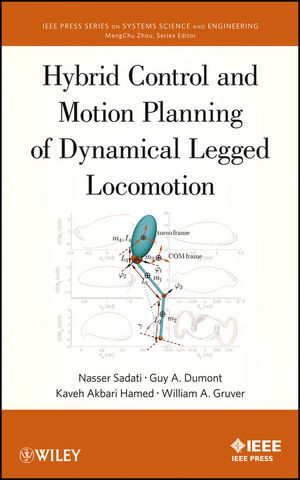

Most ebook files are in PDF format, so you can easily read them using various software such as Foxit Reader or directly on the Google Chrome browser.
Some ebook files are released by publishers in other formats such as .awz, .mobi, .epub, .fb2, etc. You may need to install specific software to read these formats on mobile/PC, such as Calibre.
Please read the tutorial at this link: https://ebookbell.com/faq
We offer FREE conversion to the popular formats you request; however, this may take some time. Therefore, right after payment, please email us, and we will try to provide the service as quickly as possible.
For some exceptional file formats or broken links (if any), please refrain from opening any disputes. Instead, email us first, and we will try to assist within a maximum of 6 hours.
EbookBell Team

5.0
80 reviewsA much-needed, state-of-the-art guide on building complex legged robots
Robot control of dynamical legged locomotion has seen tremendous advances in recent decades, with hundreds of walking mechanisms being built in laboratories worldwide, helping people with disabilities and serving as replacements for humans operating in hazardous environments. This book addresses the need in the field for a comprehensive review of motion planning algorithms and hybrid control methodologies for complex legged robots.
Introducing a multidisciplinary systems engineering approach for tackling many challenges posed by legged locomotion, the book provides the engineering detail readers' need to achieve dynamical legged locomotion, including hybrid models for planar and 3D legged robots, as well as hybrid control schemes for asymptotically stabilizing periodic orbits in these closed-loop systems. Researchers and practicing engineers familiar with robotics and control systems will gain a thorough understanding of:
Complete with downloadable MATLAB code of the control algorithms and schemes used in the book, Hybrid Control and Motion Planning of Dynamical Legged Locomotion is an invaluable guide to the latest developments and future trends in dynamical legged locomotion.
Content: